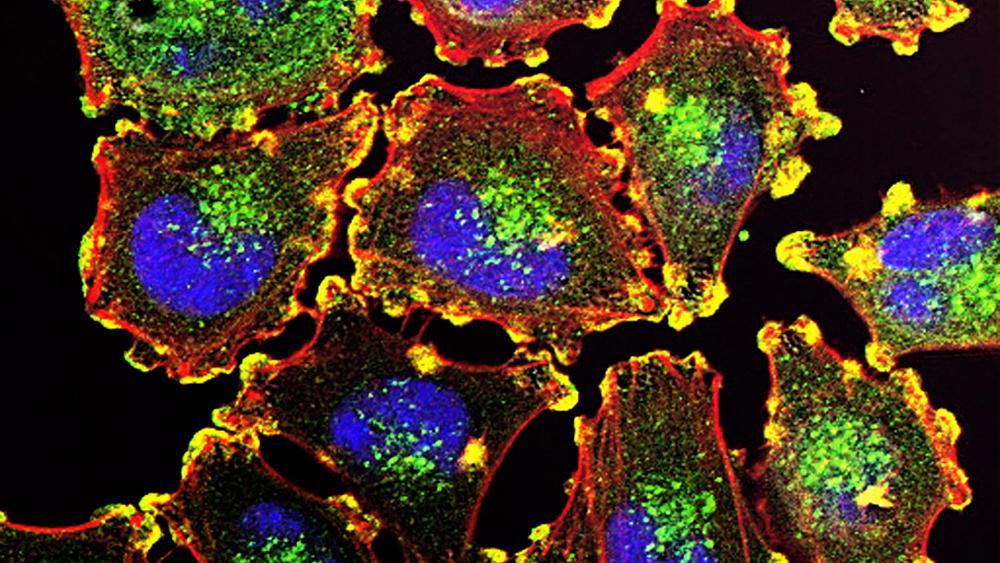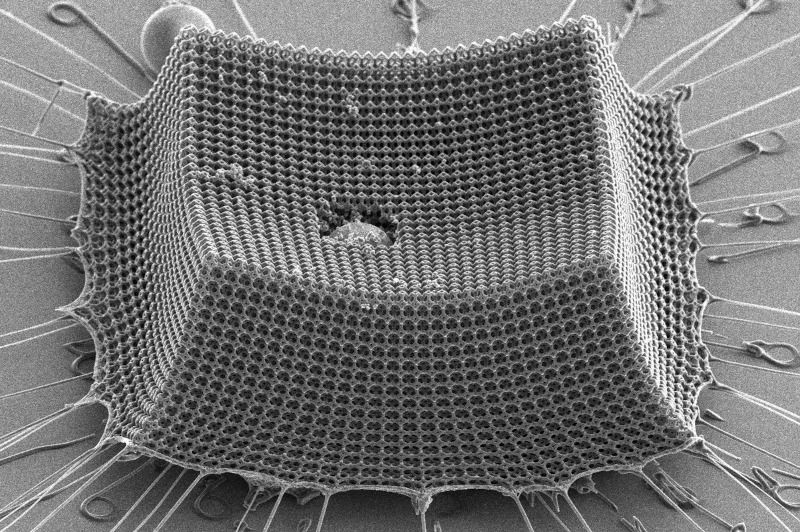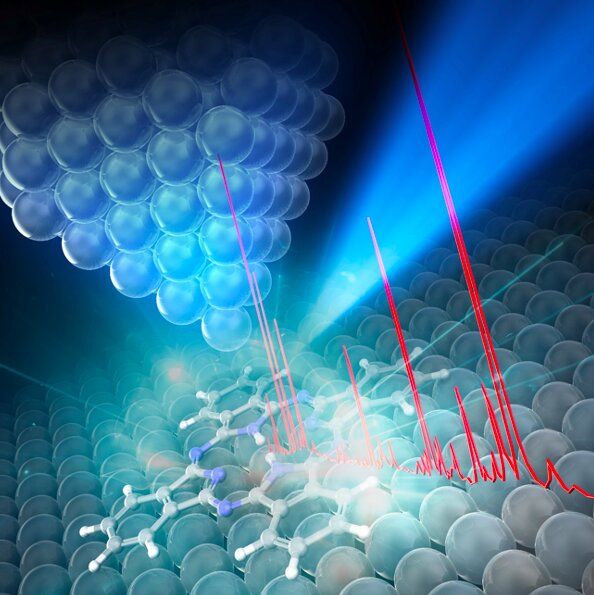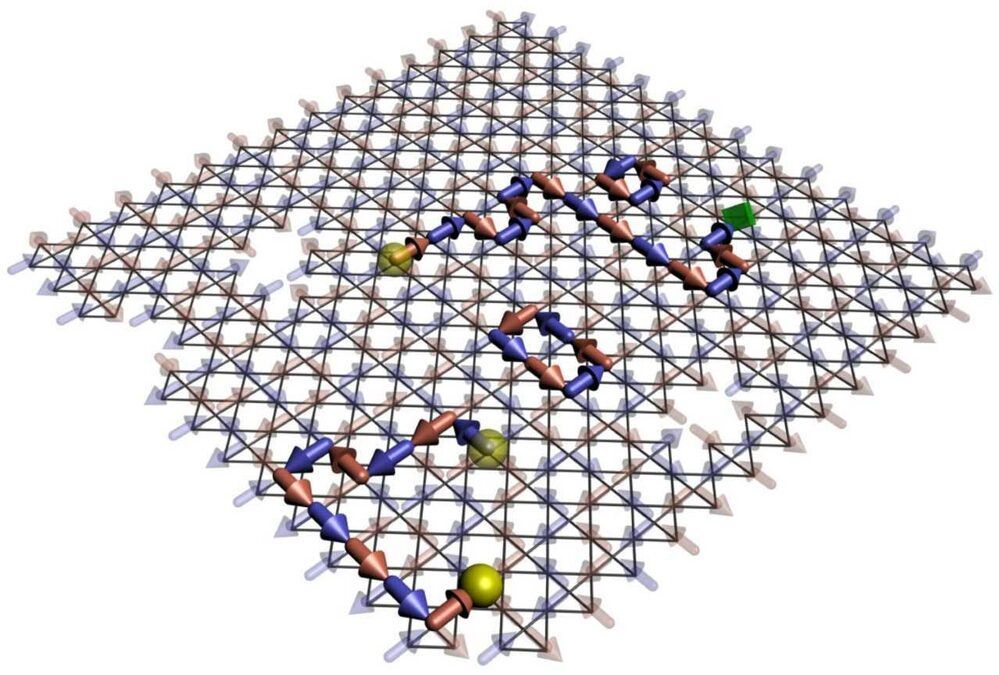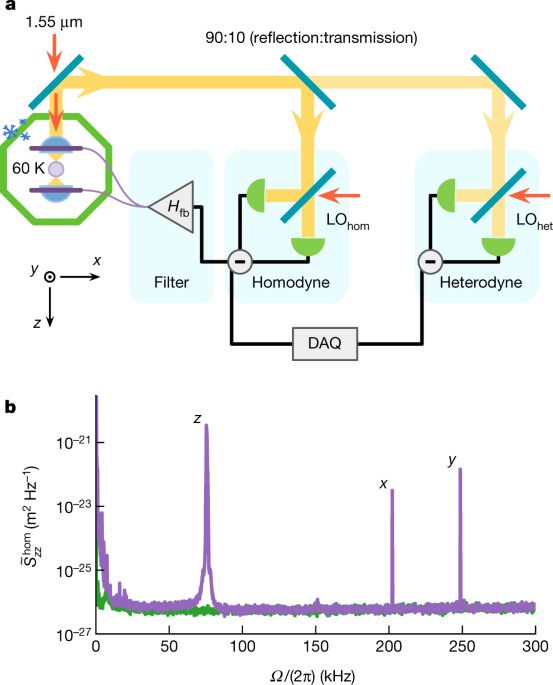Aug 4, 2021
Kazuhiro Gomi & Dr. Joe Alexander — Bio-Digital Twins, Quantum Computing, Precision Medicine — NTT
Posted by Ira S. Pastor in categories: biotech/medical, business, computing, engineering, health, nanotechnology, quantum physics, wearables
Bio-Digital Twins, Quantum Computing, And Precision Medicine — Mr. Kazuhiro Gomi, President and CEO, and Dr. Joe Alexander, MD, Ph.D., Director, Medical and Health Informatics (MEI) Lab, NTT Research.
Mr. Kazuhiro Gomi, is President and CEO of NTT Research (https://ntt-research.com/), a division of The Nippon Telegraph and Telephone Corporation, commonly known as NTT (https://www.global.ntt/), a Japanese telecommunications company headquartered in Tokyo, Japan. Mr. Gomi has been at NTT for more than 30 years and was involved in product management/product development activities at the beginning of his tenure. In September of 2009, Mr. Gomi was first named to the Global Telecoms Business Power100 — a list of the 100 most powerful and influential people in the telecoms industry. He was the CEO of NTT America Inc. from 2010 to 2019 and also served on the Board of Directors at NTT Communications from 2012 to 2019. Mr. Gomi received a Masters of Science in Industrial Engineering from the University of Illinois at Urbana-Champaign, and a Master of Science in Electrical Engineering from Keio University, Tokyo. Mr. Gomi is a member of the board at US Japan Council, a non-profit organization aimed at fostering a better relationship between the US and Japan.

